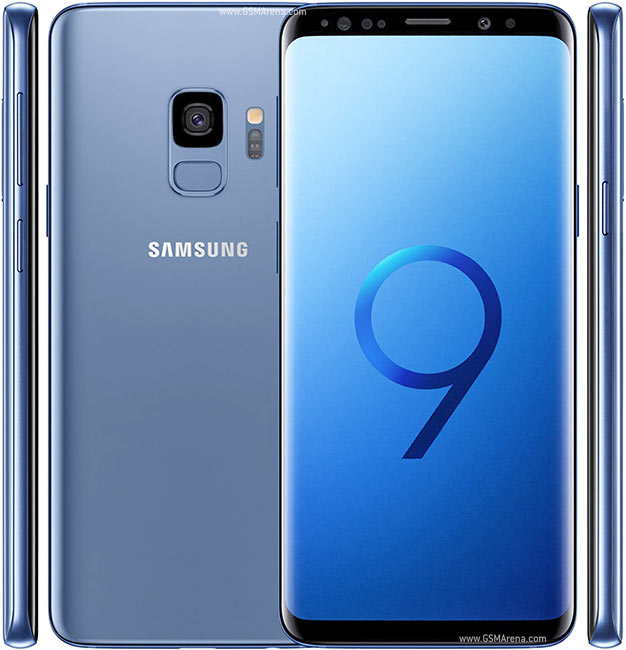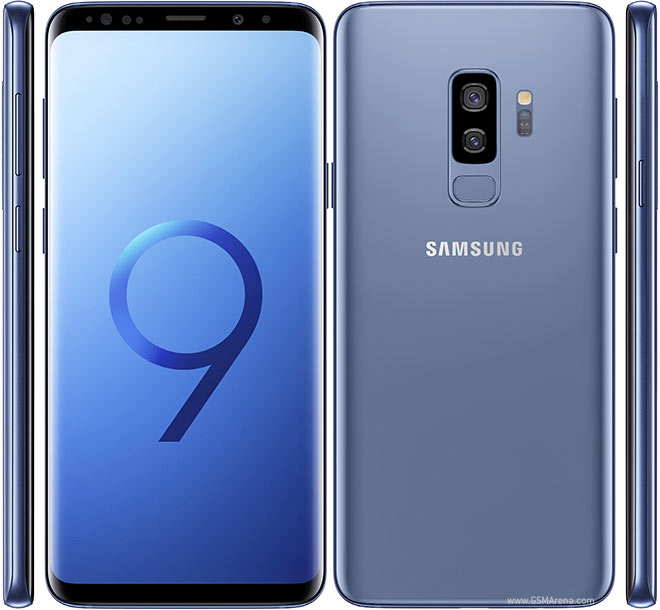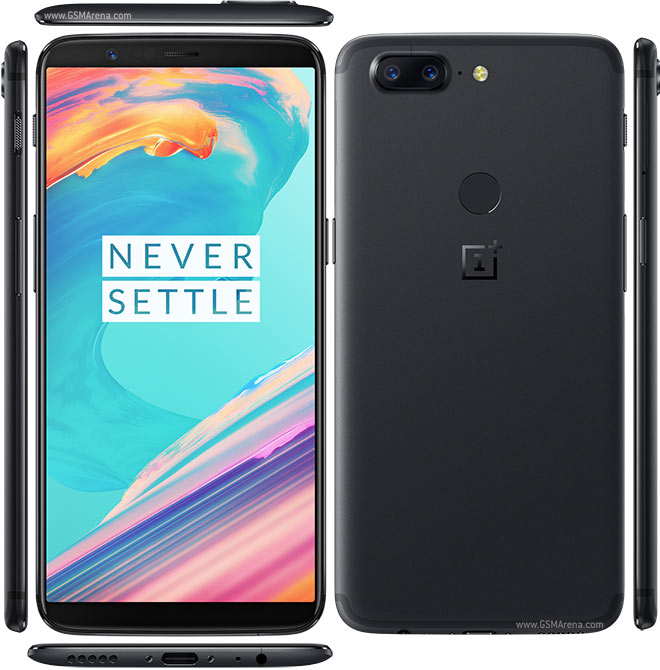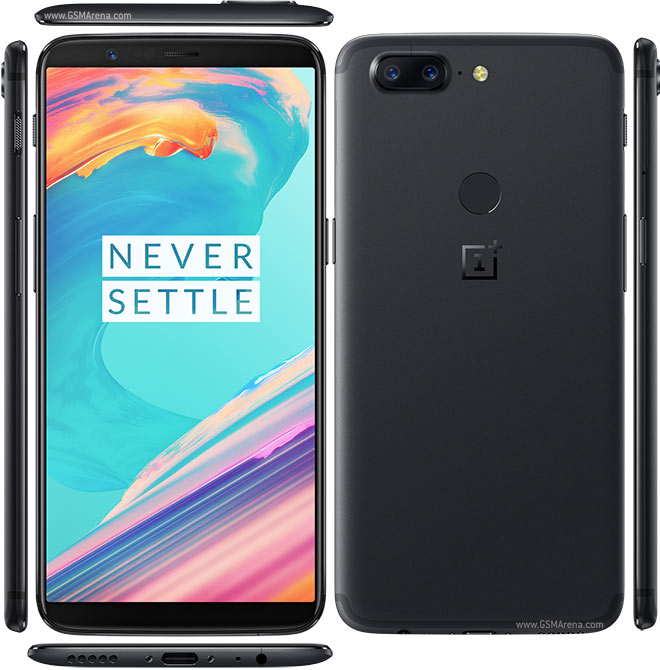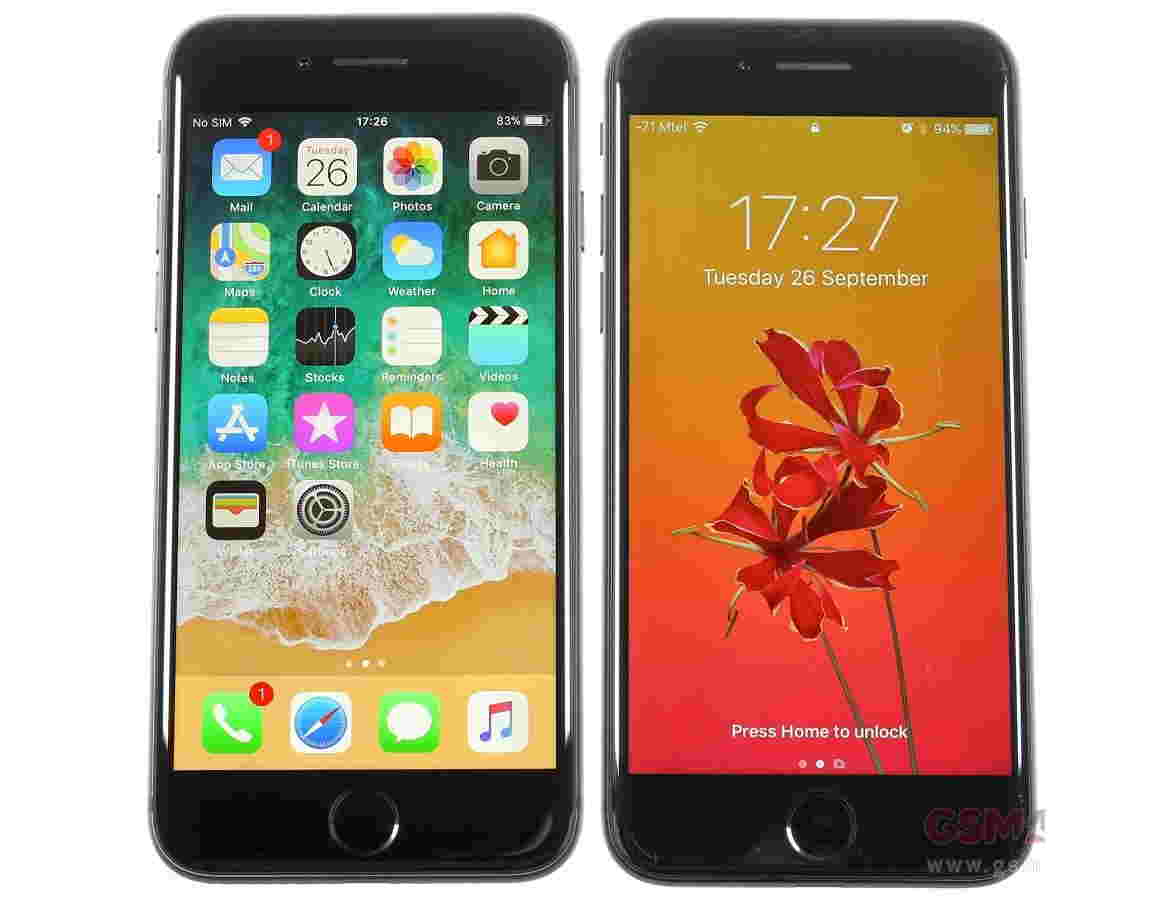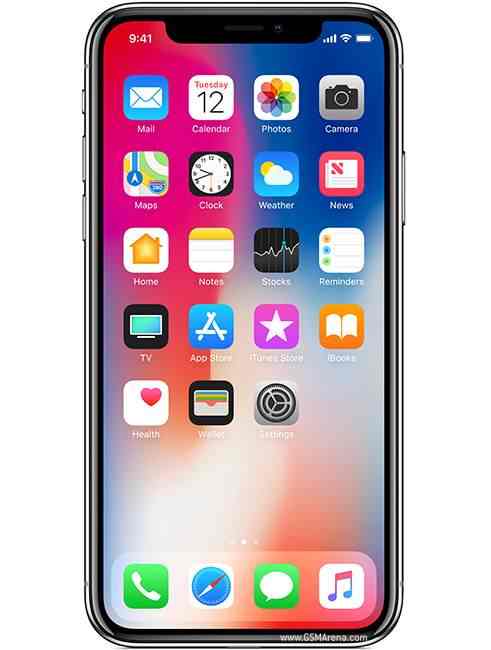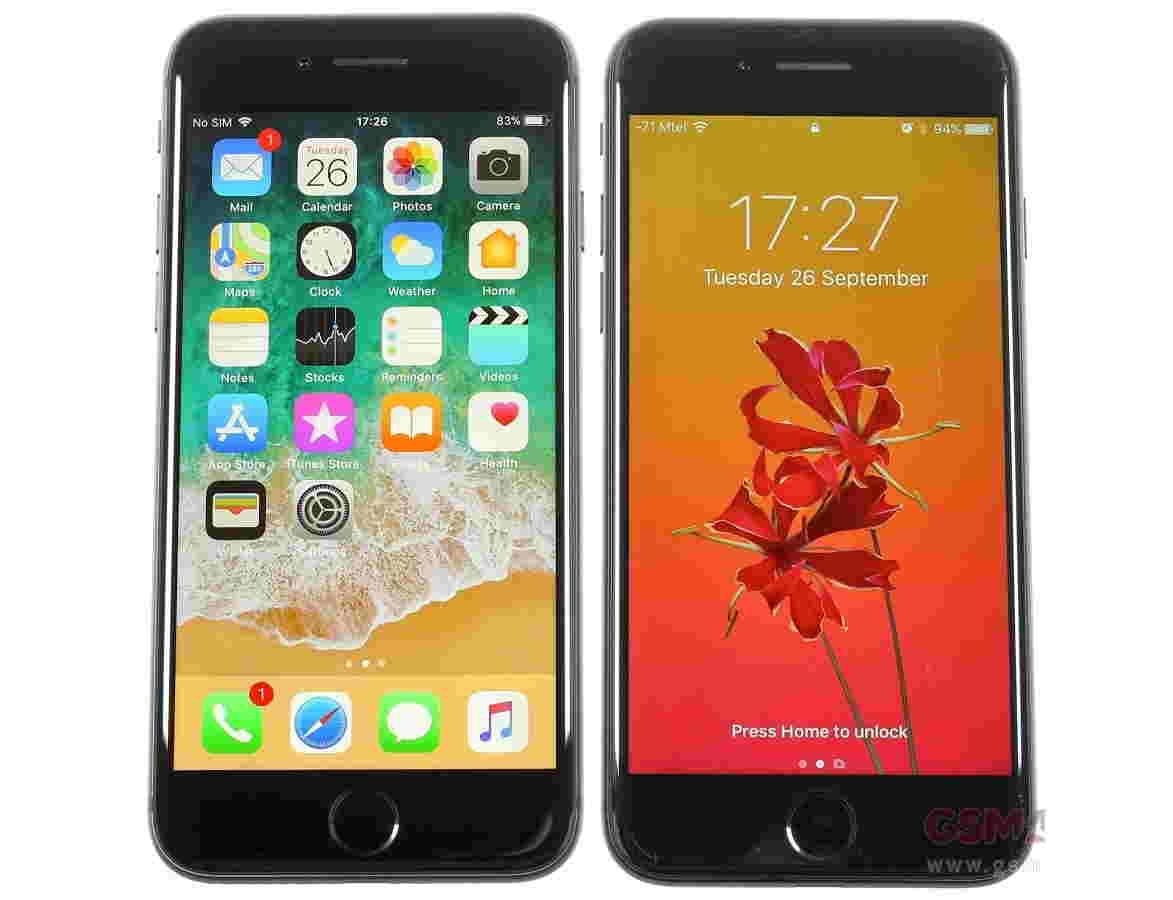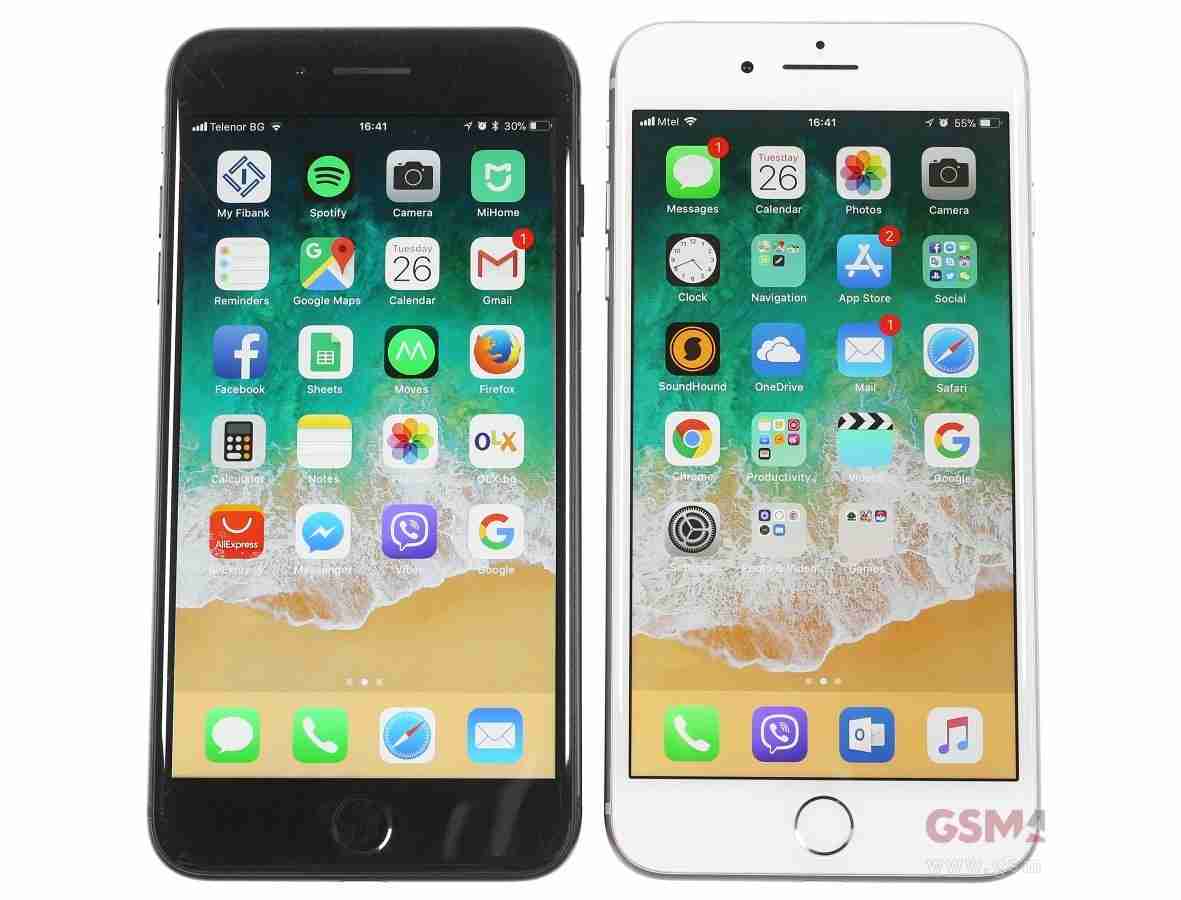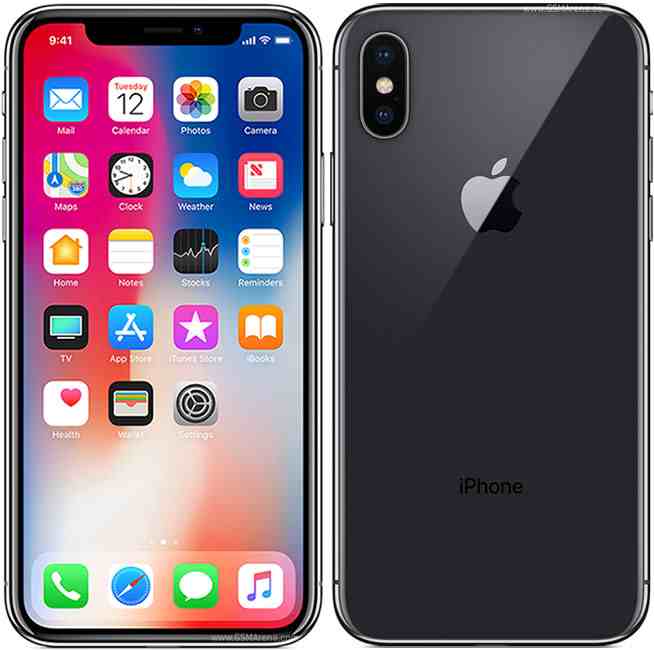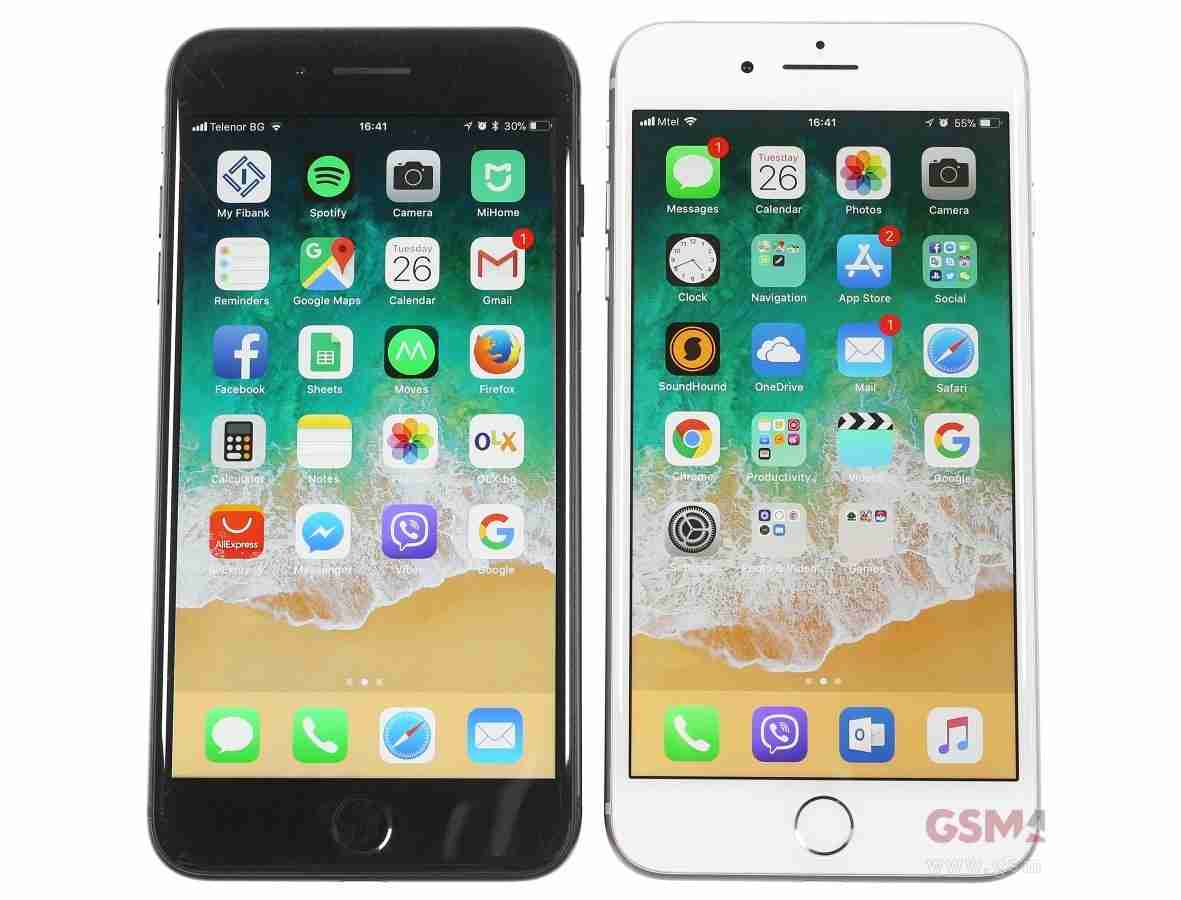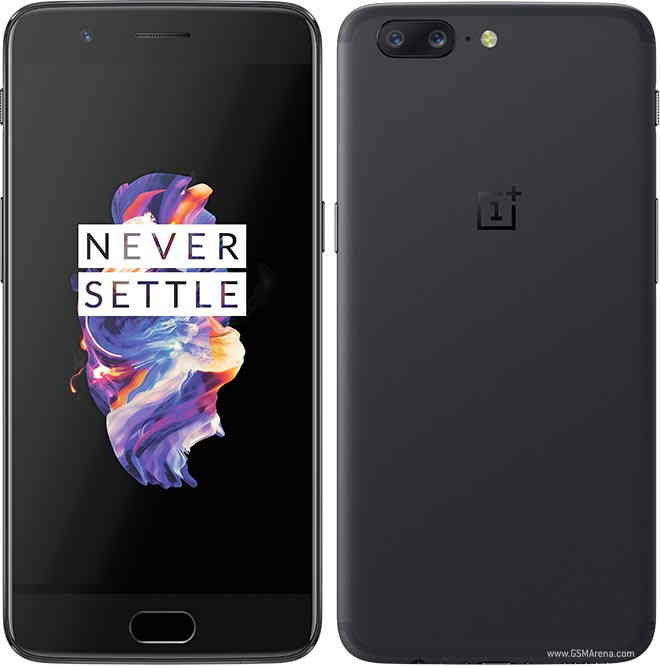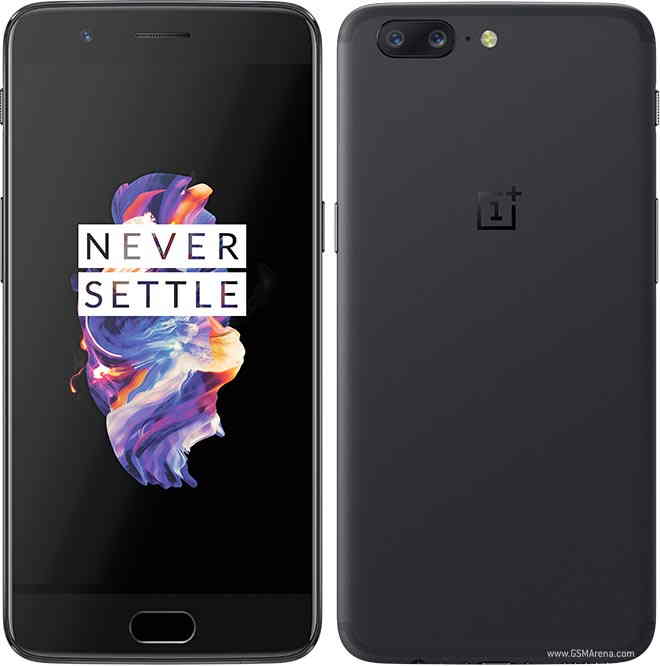
App store, Silent Sapces and Knox comparison
This week's no-longer-secret news about the forthcoming update for the Blackphone operating system clued us in on the "spy-proof" smartphone's new app store and additional security layers.
Its timing, set for early 2015, couldn't be better given the rash of stealthy malware that has targeted both enterprise and individuals through mobile devices, especially Android.
It's gotten to the point where Google's own Android security chief called anti-virus software for the most popular - and popularly targeted - operating system a waste of time.
We chatted with Blackphone CEO Toby Weir-Jones about his company's plans to make the most secure Android-based device and eliminate the need to carry two phones in your pocket.
How does Blackphone app store solve the problem of our information being more at risk?
Toby Weir-Jones: The app store is going to be interesting as far as Android stores are concerned. There are lots of app stores for Android, but they're not curated in the way that we're familiar with from the Apple experience. One of our goals is to bring some transparency and also some rigors to that vetting process.

It'll allow the user to have much more confidence in if they choose to use an app, say, for managing their travel itineraries or keeping track of their social media accounts. If they get that app from the Blackphone, they have a measure of confidence that it does what it says it does and nothing else than what it says it does. Strangely, that's largely missing from the current Android app store landscape.
What do Silent Spaces bring to the table that's new?
TWJ: With Silent Space, you don't have to accept two phones in your pocket as a solution to this problem of keeping your professional and personal life completely separated. The enterprise approach right now involves sandboxing tools, and some of them are quite effective for what they do, but ultimately you're still limited to whatever the sandbox environment enables when it runs the application layer on your phone.
Spaces gives you completely separate and distinct personalities down to the kernel level. You might choose to implement a rule that the only network connectivity into space is through a VPN. Whereas in the public space, you can use mobile data, Wi-Fi, etc. if you're not storing any sensitive information in that public space anyway. We're going down to kneral level firewalling, and making these options available as a fundamental part of the phone rather than simply an app that you install at some point in the future.
What does Silent Spaces look like?
TWJ: You end up with a new widget that's in your notifications bar and lets you switch between the two different Spaces. Then there's an admin interface to modify the permissions associated with a space. You simply drag down to choose any of the activate Spaces that are on the phone.
They are, as far as the user experience is concerned, completely separated instances: different wallpaper, different ringtone configurations and email configurations. You might have an app in each of the two Spaces, but in space No. 1, the app might have one set of configurations and in Space No. 2, it might have a completely different set.
You might have two different instances of a Mail Client rather than having a single universal mailbox, which always gives rise to the risk that you send something to or from a personal address with a sensitive work attachment. With Spaces, there's no risk of that because you end up with two different mailboxes altogether.
How many Silent Spaces can you have?
TWJ: It's going to be two. In the future, there may be more, but we're also tying it to the capability to the current hardware platform looks like and what it's performance potential sounds like. We'll start with two, get people used to the idea and see where we take it from there.
How easy is it to switch between the two Spaces?
TWJ: You pull down the notifications bar and there's one icon for each Space. You just one-touch the Space you want and the phone switches over instantly. You're dropped right back into that homescreen for the Space.
How is Silent Spaces different from Samsung Knox Workspace?
TWJ: Knox was much more of a classic app layer sandboxing technology. And that was one of the problems they had getting adoption on the enterprise side. What we're seeing now is that some of the kernel stuff that they've done is what's been folded into the Android code base, which is cool. It's always good to see advances on the fundamental operating system.

But what you didn't have was the immediacy of totally separate personalities on the phone. You had things that were nominally safe because they were within the Knox controls, and the presumption was that everything else outside of that was dangerous and unchecked.
Maybe, as a consultant, you have one space for client A and one space client B. They're still equally secure and protected. They are simply totally separated, and that's really the key. You've got all of the functionality of the entire phone and the entire operating system to you in each of the two secure Spaces, but the protections that keep the data from migrating between the two is enforced at kernel level rather than at app layer.
App selection, new phones and the RedPhone
Who benefits most from Blackphone's early 2015 update?
TWJ: It's going to be folks who dip their toes in two different worlds. Enterprise is the most obvious consumer, because they've got a work life and then they go home.
There's also a lot of private individual users where they maintain a personality, which is in effect their public or their online or personal information footprint - their Twitter handle for their blogs and their Facebook profile and whatever else. And it is all a carefully managed public persona. It's not the stuff they use for their own personal friends and family, and ordering stuff from Amazon.

Anybody who recognizes that there is a need to have separate and distinct identities is going to see an immediate benefit from this technology. We don't want to say that it's only suitable if you're a Fortune 50 megacorp. It's clearly a much wider proposition than that.
What apps will I see in the Blackphone app store?
TWJ: Initially you're going to see some of the classical functions: Mail encryption, password managers, and so forth. Our goal is to not at have 100,000 apps. Six to 12 months in, if we can have 500 or 1,000 apps that we knew were really good and we know a lot about them and had good relationships with developers, that would be a huge success. If you want the latest game tied to the latest Hollywood blockbuster, there are lots of places you can get that, and there's no problem with that in principle, there's no advantage to us in replicating that type of inventory.
We want to create a method of engagement with publishers. That's where you're going to see a lot of the work. It's a moving target. We're going to come out with the initial launch and go from there.
When the app store first opens, you're going to see some apps that are related to ones already on the phone or from the same developers and you'll see a few other things we've found that we think are interesting to our customers. You'll also see a push on how to submit and what kind of vetting you're going to go through. We want the customers to launch their own interest and say "I'd love to see an app that can do A, B and C."
What's next for Blackphone from a hardware perspective? Annual phone updates?
TWJ: We'll have more details in the new year on the Blackphone tablet we've already talked about. Then there will be more phones and potentially other interesting devices as well.

We're not prepared to share any of the particulars just yet, but once 2015 kicks off and we get through this initial rollout of this next major upgrade of the operating system, I think you'll see us starting to make noise about our hardware plans for the following 12 months.
Is Blackphone becoming what some are calling "the anti-Google?"
TWJ: I don't know if that's how I'd frame it. I mean, clearly, we do things differently in different ways, but we're also seeing Lollipop converge on some of the ideas we've been making a lot of noise about. And we think that's great for the consumer. It sort of blurs the line between choosing functionality over security, and that's good for everyone.
If Google is able to generate market awareness and user knowledge via their own technology releases and marketing efforts, which are consistent with the message that I'm already promulgating, then I'm happy about that. There's plenty of room for innovation. There's plenty of room for a specialized niche product like Blackphone.
I don't think I'd frame us as anti-Google. I think what we do is offer a more focused experience. That means, of course, there are some trade-offs. But we're also seeing the industry rally around some of the traditional inconveniences of security and find clever ways to reduce that burden as well.
Last big question: Why is there no Whitephone?
TWJ: [Laughs] You see will a more diversified product naming convention come to light. Blackphone, as name, has a certain historical preciscent and association with it. One of the hooks we were going for was the super secret red phone that we've always seen in media images between Washington and Moscow. That was actually the association we were kind of playing with when the original naming came out.
Broadly, you will see other product names and some other associations that we think are meaningful in this kind of duality of wanting to have a presence, where your personal information is your currency, but at the same time wanting to be in control of it.
How far did that idea of the Red Phone get?
TWJ: Some of the folks who were involved have been in various aspects of special services, US military and these sorts of things. So it was a familiar metaphor, and in certain cases a literal thing. The choice of a color in the product name was nothing more complex than that.
We liked the idea that you had a trusted point of communication, and that you had absolutely certainty that you knew who you were speaking to at the other end, and that's where it started.







